Collaboration Contract Agreement for Growing Startup Teams
According to McKinsey, while 75% of startups view corporate collaboration as highly important, a mere 27% are fully satisfied with said partnerships, and that creates a gap that smart collaboration contract agreements can fill.
Startups are built on bold ideas and rapid execution.
But when multiple parties are at play, whether co-founders, suppliers, or strategic partners, there's a thin line between seamless cooperation and absolute mayhem.
Collaboration Agreement for Winning Partnerships
 That's why the collaboration contract agreement is quietly among the most important tools in a founder's toolkit.
That's why the collaboration contract agreement is quietly among the most important tools in a founder's toolkit.
At its core, it's not merely legal protection, it's a system that synchronizes goals, duties, and expectations.
For early-stage companies with multiple product launches, investor appointments, and small budgets, the clarity of a collaboration agreement lets everyone concentrate on execution rather than fighting.
In this blog, we’ll explore why startups, especially those scaling fast, need more than a handshake when working with partners.
Key Takeaways
- Collaboration contract agreements are essential for startups to align goals, define roles, and prevent costly misunderstandings.
- Clear, measurable terms help ensure both parties work toward the same definition of success.
- Tech startups benefit from agreements that balance agility with safeguards for IP, timelines, and deliverables.
- AI-driven capabilities can highlight risks, monitor performance in real time, and enhance decision-making.
- Carefully crafted agreements minimize friction, accelerate execution, and enable scaling partnerships effectively.
- Combining legal transparency with automation allows startups to scale without compromising control over commitments and quality.
The Differentiating "Why" of Tech Startups
The actual strength of a collaboration agreement isn't just in risk mitigation, it's in actually facilitating growth, velocity, and innovation.
Why? Because change doesn't come to the tech space in gradual increments, it comes in bounds.
Product roadmaps change in weeks, not decades. Partnerships get built overnight, and investor expectations shift at the same pace.
 Aligning Innovation With Execution
Aligning Innovation With Execution
Partnership agreements provide startups with a common working language, one that bridges visionary aspiration with practical, measurable agreements.
When everybody is crystal clear on what they're responsible for, innovation can thrive without the disarray.
Firms with well-defined collaboration agreements are more likely to achieve their performance goals than those without formal or ad hoc systems.
For startups to succeed in competitive environments, that advantage is difficult to dismiss.
Fuel for Strategic Partnerships
In technology, your ideal partner can accelerate months, even years, off your timeline.
But with that fast-tracking comes intertwined obligations, shared IP, and sometimes fuzzy boundaries between ownership or contribution.
A well-written contract doesn't only keep what's yours, it defines how both parties can succeed, today and tomorrow.
By outlining deliverables, revenue-sharing arrangements, IP rights, and performance criteria upfront, startups can establish trust quicker and waste less time in reactive "damage control" mode.
A Catalyst for Confidence in Funding
Investors seek evidence of implementation, not promise.
Agreements that articulate how collaboration is to function, particularly with major partners, are indicative of maturity, vision, and readiness for operations.
That is, your collaboration contracts can be more than a lawyerly document, they can be part of your pitch deck narrative, showing you have the infrastructure to make it happen.
The Core Pillars of a Tech Startup Collaboration Contract Agreement
For a collaboration agreement to be effective in the high-stakes, high-speed tech startup environment, it must be more than an afterthought.
It's not about signing on dotted lines and filling in blanks, it's about developing a living document that advances innovation without hitch or miscommunication.
Though every contract will appear differently based on the partnership, four guiding pillars always make the difference between a successful collaboration and an expensive failure.
 Clear, Measurable Objectives
Clear, Measurable Objectives
A solid collaboration agreement converts the vision of the partnership into tangible, quantifiable deliverables. That is, identifying clearly what success will be, whether it is achieving a product milestone, reaching a certain number of users, or having a joint integration done on a specific date.
Defined Roles and Responsibilities
Your contract must make responsibilities clear: who's driving development, who's doing marketing, and who's taking care of customer onboarding. This prevents overlap of effort and maintains accountability clear.
Intellectual Property (IP) Clarification
An agreement of collaboration needs to specify who is in charge of what prior to, during, and after the partnership. That covers newly created assets together, licensing rights, and use restrictions. This is not merely a legal precaution, it's so that both sides feel comfortable enough to share ideas without holding back.
Conflict Resolution and Exit Strategy
No one embarks on a collaboration hoping for conflict, but even the best partnerships experience difficulties. A good deal prepares for this by putting in place mechanisms for resolving disputes, escalation procedures, and explicit exit conditions. This avoids minor disagreements from causing the project to fail.
Strategic Safeguards for High-Growth Startups
A good collaboration agreement is not only for safeguarding you in the case of a conflict, it's about seeing the areas where development might put pressure on the relationship and creating buffers to prevent them from becoming breaking points.
Milestone-Based Deliverables
Segmenting the project into measurable milestones makes progress visible and connected to clean checkpoints. Payments, resource assignments, and performance assessments occur then at natural junctures, aligning both parties without micromanaging.
Performance-Linked Incentives
Connecting incentives to performance markers such as user acquisition quantities, revenue goals, or deployment deadlines maintains motivation levels high and minimizes the chance of either side losing momentum from agreed objectives.
Flexible Scope with Guardrails
Startups that grow quickly exist in a world of continuous change. The market shifts, the customer changes, and new opportunities arise in the middle of a project. A firm contract accommodates scope changes without jeopardizing the relationship, yet provides sufficient guardrails so "flexible" does not become "chaotic."
Data Security and Compliance
Your contract should include data handling procedures, compliance obligations (such as GDPR or CCPA), and definitive liability provisions. For a number of startups, one compliance mistake can cause reputational harm that is difficult to regain.
Pre-Agreed Conflict Resolution Routes
By establishing resolution processes, that may be mediation, arbitration, or escalation within agreed-upon time limits, you prevent disputes from slowing things down when speed is most crucial.
Drafting Smart
Smart drafting is more than simply "covering your bases." It's creating a document that is clear enough to avoid conflict and adaptable enough to address change.
 Begin with Crystal-Clear Objectives
Begin with Crystal-Clear Objectives
Before you start with clauses and conditions, decide precisely what each party is looking for from the partnership. That is, coming to a common understanding on concrete deliverables, whether it's achieving some target user growth rate, releasing a joint product, or entering a new market.
Decide Roles and Responsibilities in Detail
Write down precisely who is responsible for what, who makes the decisions, and where the accountability lines are drawn. This prevents effort duplication and ensures nothing slips through the cracks when time is looming.
Utilize Measurable Success Metrics
Phrases such as "reasonable effort" or "industry standard" are too vague. Use hard quantifiable numbers and measurable KPIs, delivery dates, conversion rates, uptime percentages, so that performance can be objectively measured.
Create Flexibility Without Suffering Loss of Structure
High-growth environments are dynamic. Have scope adjustment clauses, budget reallocation clauses, or timeline flexibility clauses in place that do not necessitate full contract rewriting. But always balance flexibility with a process, i.e., written approval or joint sign-off, to avoid scope creep.
Tackle IP Ownership Early
Intellectual property can be the most valuable asset to come out of a collaboration. Make sure your agreement clearly states who owns what, both during the project and after it’s completed, to avoid future disputes.
Keep It Human-Readable
While legal precision is important, the best contracts can be understood by everyone involved, not just lawyers. Use plain language wherever possible so all stakeholders can follow and uphold the agreement.
A solid collaboration agreement doesn't only safeguard you, it sets you up for better communication, quicker decision-making, and more effective partnerships.
It's the distinction between renegotiating every step of the way and merely executing. In the fast-paced startup world, that simplicity can be a lifesaver.
Final Thoughts
For startups, velocity and innovation are generally the highest priorities, but without framework, both are likely to become chaos.
A solid collaboration contract agreement doesn't hold you back; it provides you with clarity and guardrails to move more confidently and quickly.
When all parties understand their function, objectives are quantifiable, and terms are equitable, you eliminate the friction that far too often halts promising collaborations.
Rather than squandering energy on misaligned assumptions, you can concentrate on creating actual value and building your influence.
It aligns teams, defines common standards, and makes sure that progress is measurable, repeatable, and enduring. Multi-stakeholder context, that alignment is invaluable.
By combining firm agreements with contemporary contract management software such as Dock 365, you have the power to track commitments in real-time, flex without sacrificing form, and identify chances or threats before they become issues.
Want to learn how Dock 365 can revolutionize the way you draft and manage collaboration contracts?
Schedule your free demo now and find out how to make partnerships into driving forces of growth.
Like our content? Subscribe to our newsletter on LinkedIn for more insights and updates.
Book a Live demo
Schedule a live demo of Dock 365's Contract Management Software instantly.

Written by Jithin Prem


